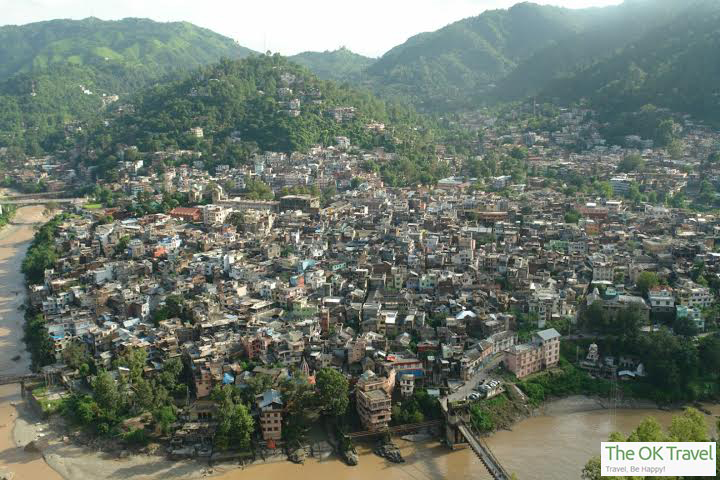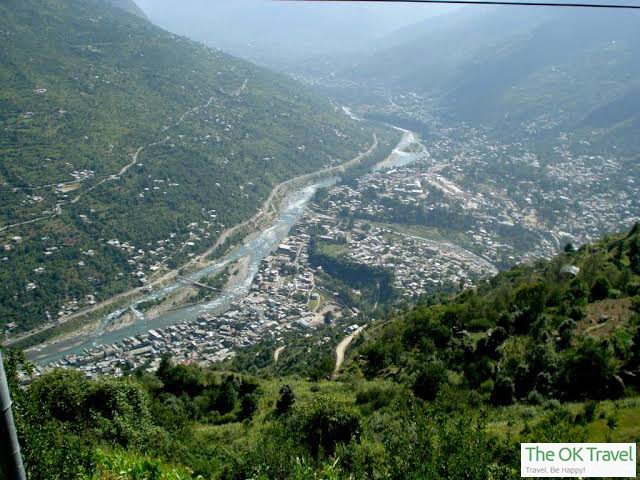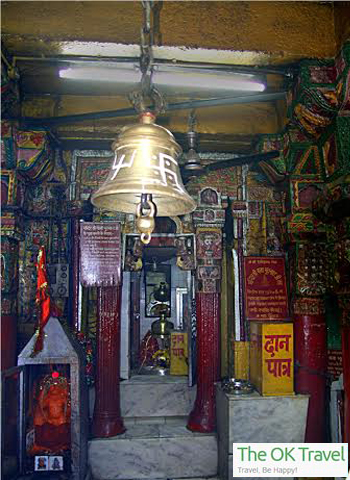
Among the trinity of Hindu Pantheon, Lord Shiva seems to have had a special affection for the people of Mandi, since he has an abode in more than 80 temples here.
Mandi, literal meaning ‘market’, has been a great trading center in Beas River valley since the times merchandise like food grains, salt, precious stones, gold, silver and Chinese silk came to be traded along this branching out route from the Asian Great Silk Trade Route.

Another version holds that Mandi derived its name from Rishi Mandavya, a sage who came to live and meditate by River Beas before the township came up on the banks.
The town has a long history of good and bad kings and princes, with many of them being patrons who made large contributions towards building the town temples. For the concentration of temples here, this place popularly is known as the “Varanasi or Kashi of the Hills. Other than the Hindu temples, there are places of religious interest for Sikhs and Buddhists also in Mandi.
The most prominent temples of Mandi happen to be the Bhootnath, Panchvaktra and Ardhnareshwar, commemorating Lord Shiva as the master of the Universe in who both the male and female identities merge in unison.

At Panchvaktra, built in the Shikara style at the confluence of Sukheti rivulet with Beas, is the dominating idol of a five headed, ten armed Lord Shiva, keeping an all around watch of the universe. Belief holds that there cannot be any threat to his power as the multi-arms are more than capable of warding off any evil.
The Ardhnareshwar temple symbolically portrays the duality of female and male energies merging and permeating all life forms. The finely crafted idols of Lord Shiva and his consort goddess Parvati lie sheltered and worshiped in the sanctum sanctorum of the stone build temple here.
The Bhima Kali Temple of Mandi stands out. Cast in wood, the architecture blending with the landscape does cast a lifelong impression on all devotees and pilgrims who come to offer their prayers.
In for the festival of Shivratri, held annually either in February or March, that the town gets all decorated up. The festival marks the marriage of Lord Shiva and Goddess Parvati and is the most important festival of the Hindu Calendar in most of the hills of Mandi, Kullu and Shimla regions. Many village deities (Devtas) converge on the township to partake in the festivities that has been declared an International Fair.
The celebrations are centered around the Bhoothnath Temple, a 15th century structure, considered to be the presiding deity of Mandi. Bhoothnath is a manifestation of Lord Shiva himself, who acts as an omnipresent guard to the natives.
Statues of elephants, wonderfully chiseled out on stone and pillars in the shape of flutes, depict the craftsmanship that went into beautifying the sacred place. The Shivratri Festival celebrations are a week long affair that attracts many Indian and foreign tourists. It is also a good time to buy locally handmade metal or wood crafts and handlooms.
Like every other hill township, Mandi has its unique personality enclosed with the winding roads and narrow by lanes.
Fast Facts:
The closest airport to Mandi at Bhuntar in Kullu valley is 50 Kms away, the nearest broad gauge rail head is Pathankot, 201 Kms way. The metre gauge railway that connects Pathankot with Jogindernagar is 55 Kms for Mandi. The road distance from Chandigarh through Ropar and Bilaspur is 203 Kms.





